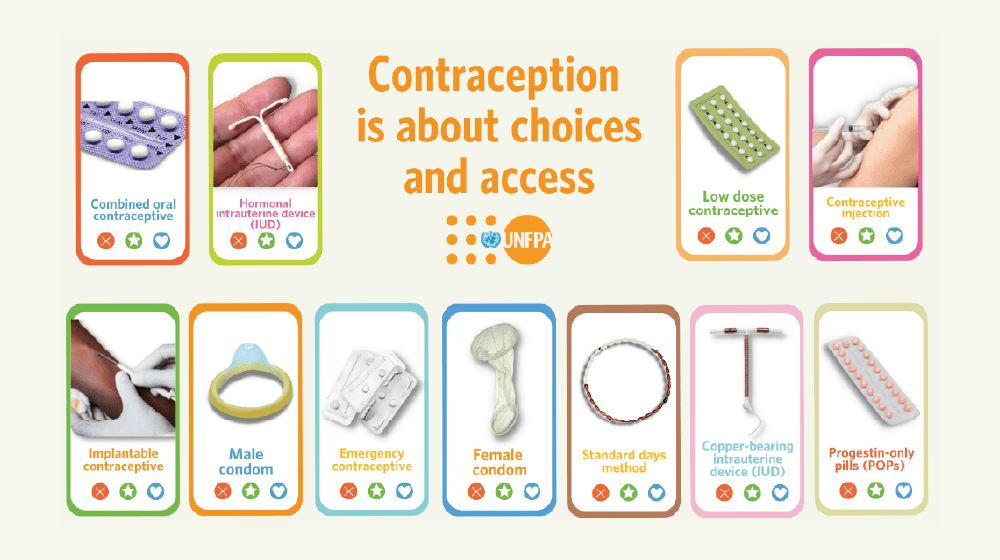It’s a woman’s right to control her future. Reproductive rights are human rights and access to contraception is one of the primary reproductive health rights. Contraception is key to safe and voluntary family planning. It advances the human right of people to determine the number and spacing of their children and reduces the rates of unintended pregnancies and the need for unsafe abortions. Healthy families are created by choice, not by chance so contraception is essential for a world where every pregnancy is wanted.
What choice do you have?
Accessing information about family planning methods is as important as accessing contraception. Contraceptives offer either hormonal or non-hormonal pregnancy prevention, which varies in methods, effectiveness and side effects. However, the first step in making a choice is knowing your options.
Hormonal contraceptives
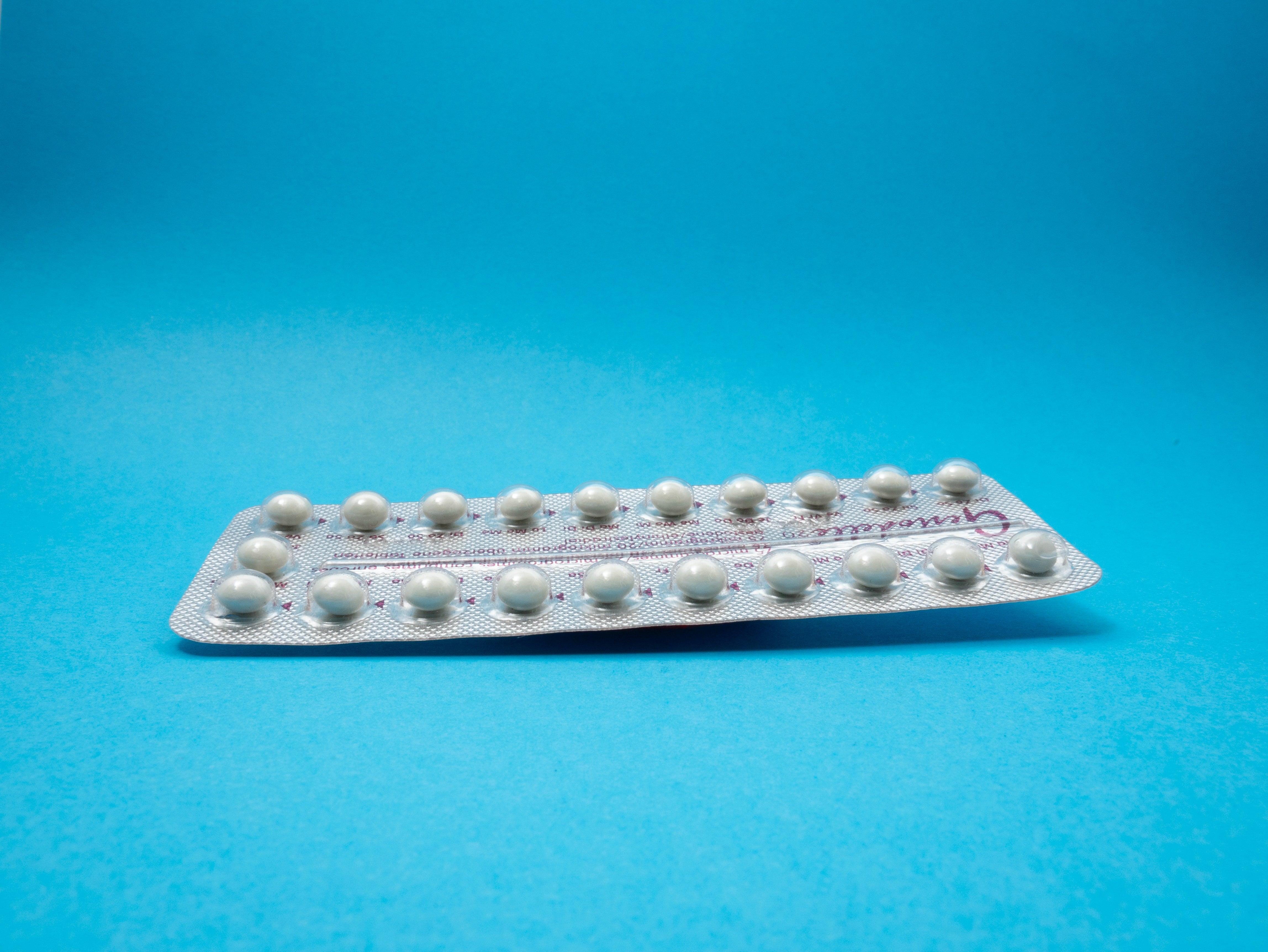
Oral contraceptives are one of the most common forms of contraceptives, ingested in the form of pills.
Combined oral contraceptives contain both estrogen and progestin hormones which stop the ovaries from releasing eggs. “The pill” is 91% effective and must be taken at the same time every day. It prevents not only pregnancies but also endometrial and ovarian cancer as well as symptoms of pelvic inflammatory disease. In 2021, UNFPA secured 64 million oral contraceptives worldwide.
Progestin-only pills (POPs) thicken cervical mucus which blocks sperm from meeting an egg and disrupt the menstrual cycle by preventing the ovaries from releasing eggs (ovulation). They offer 99% effectiveness only if taken at the same time every day. POPs are the recommended contraceptive for the breastfeeding period as they do not contain estrogen which affects milk production.
Low-dose oral contraceptives contain very low doses of the progestin hormone. The lack of estrogen makes the “mini-pill” safe for breastfeeding persons to use. It is 90–97% effective and must be taken at the same time every day.
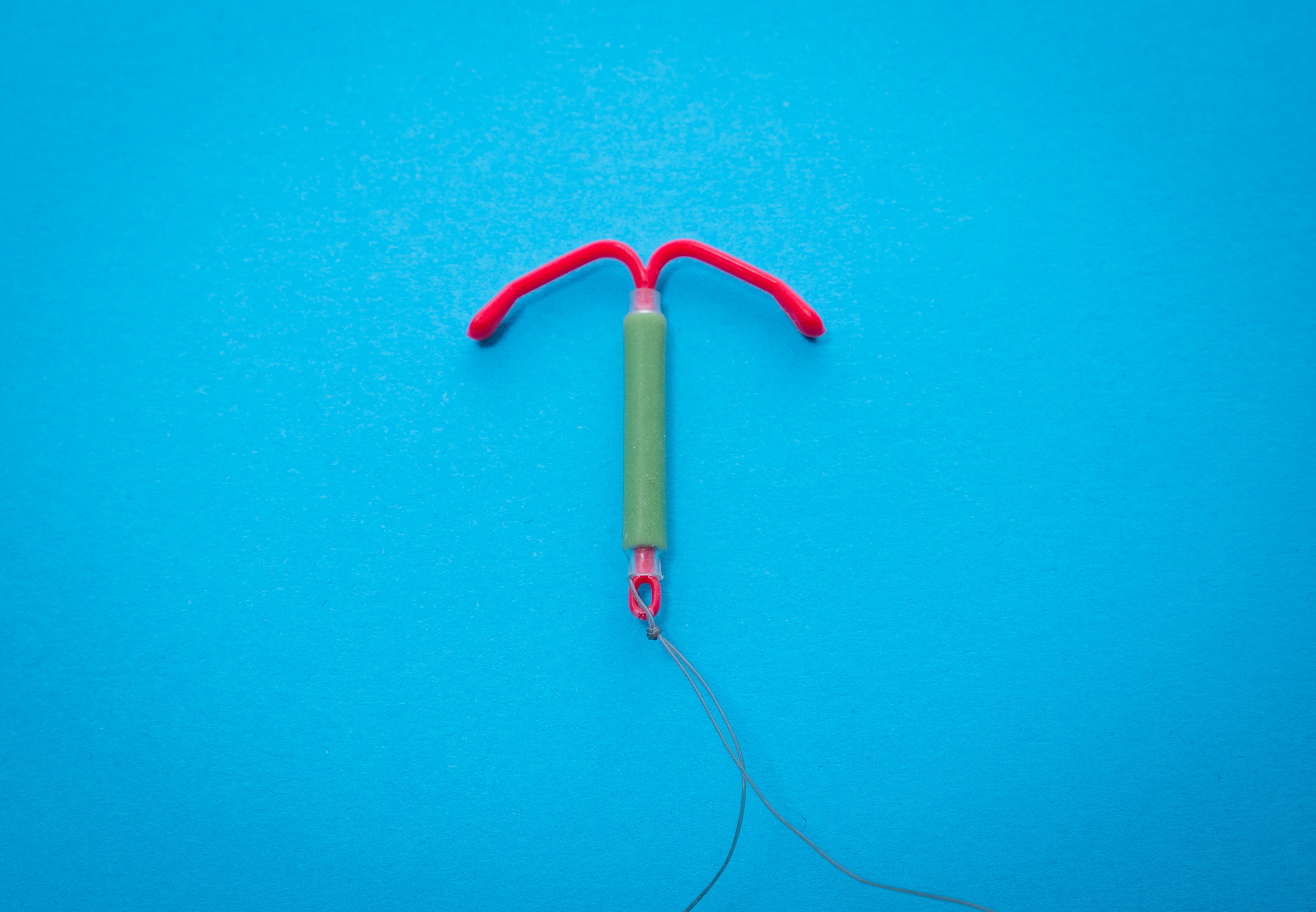
Hormonal intrauterine device (IUD) releases a medication called levonorgestrel which stops the sperm from reaching the egg. It is inserted into the uterus by a trained medical health professional and lasts up to 5 years—although can be removed at any time—while offering 99% effectiveness. In 2021, UNFPA procured over 1 million IUDs globally.

Implantable contraceptive is a small flexible rod injected under the skin of the upper arm. “The implant” prevents ovulation by releasing progestin hormone as well as thickening the cervical mucus, which keeps the sperm from getting to the egg. It is 99% effective and must be inserted by a trained health care provider once 3–5 years.
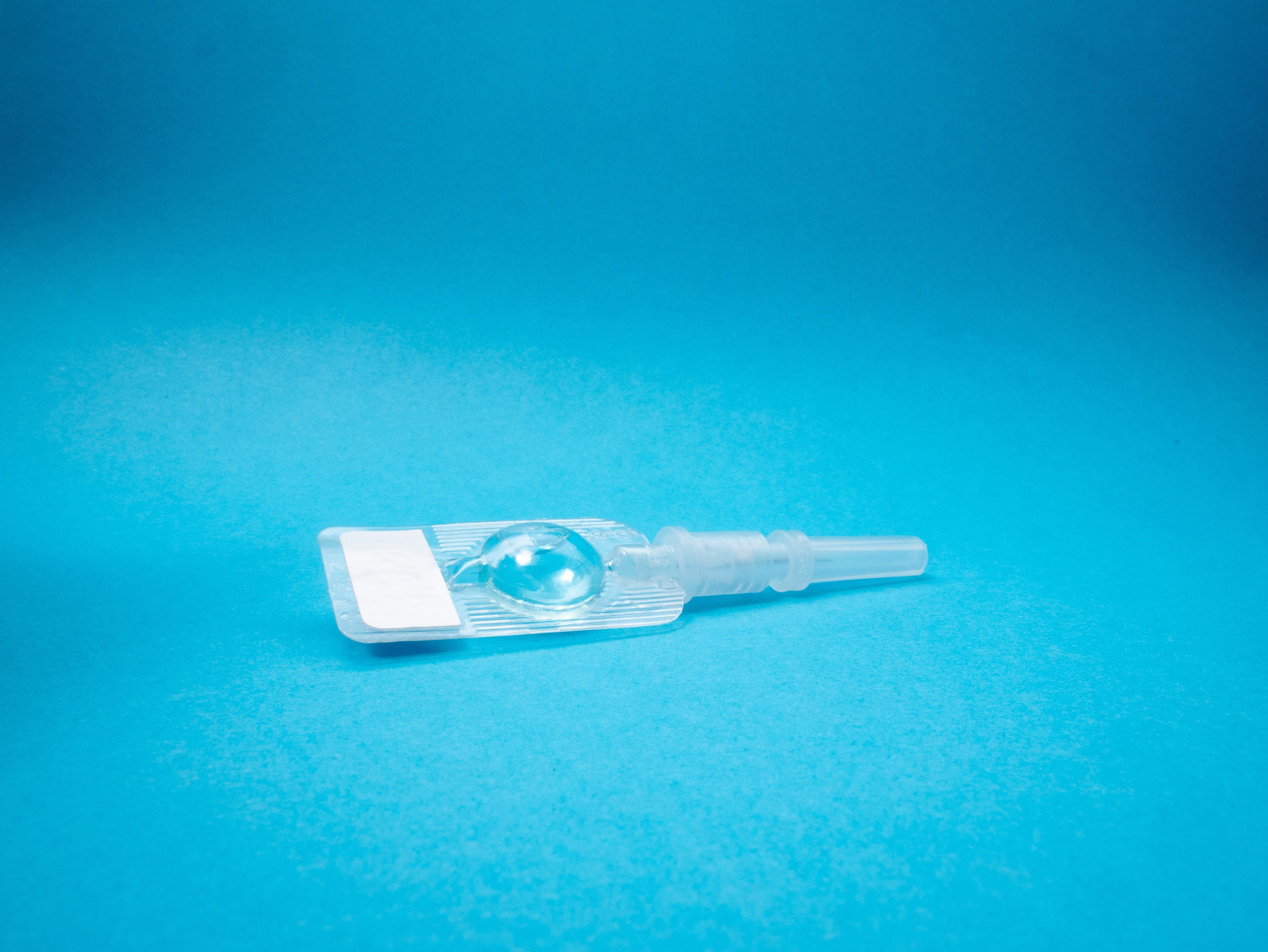
Contraceptive injection is a shot that contains hormones, either progestin-only or both progestin and estrogen. It is 97% effective and prevents pregnancies by stopping the body from releasing eggs and thickening the mucus at the cervix. The injection must be taken either once every month or once every 3 months. Last year, UNFPA procured 36 million doses of contraceptive shots.
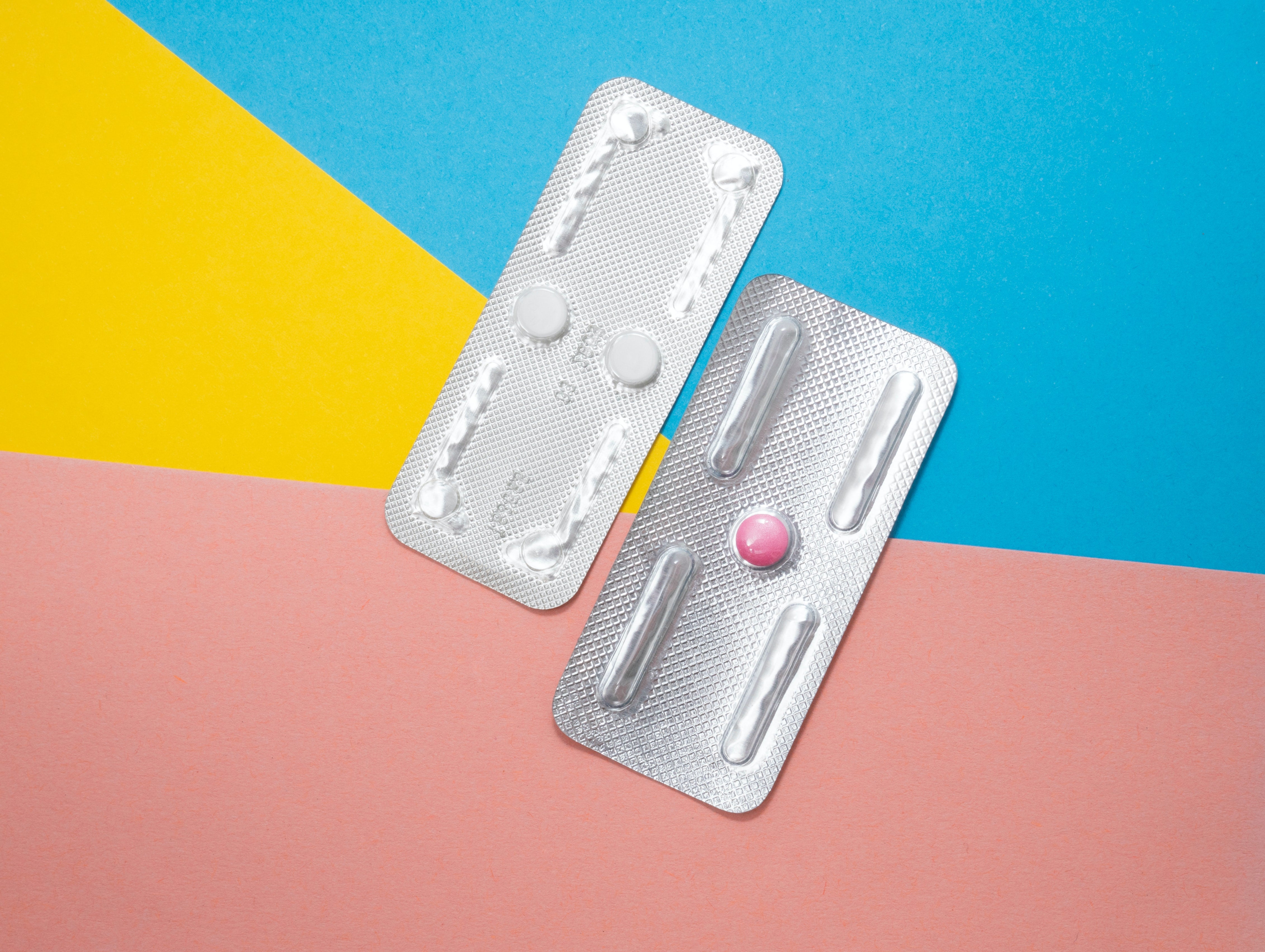
Emergency pill offers >58% effectiveness within 72 hours after unprotected sex. The “morning-after pill” contains hormones similar to those found in oral contraceptives but in higher doses, thus cannot be used as a standard method. Last year, UNFPA acquired 1.8 million emergency contraceptives.
Non-hormonal contraceptives
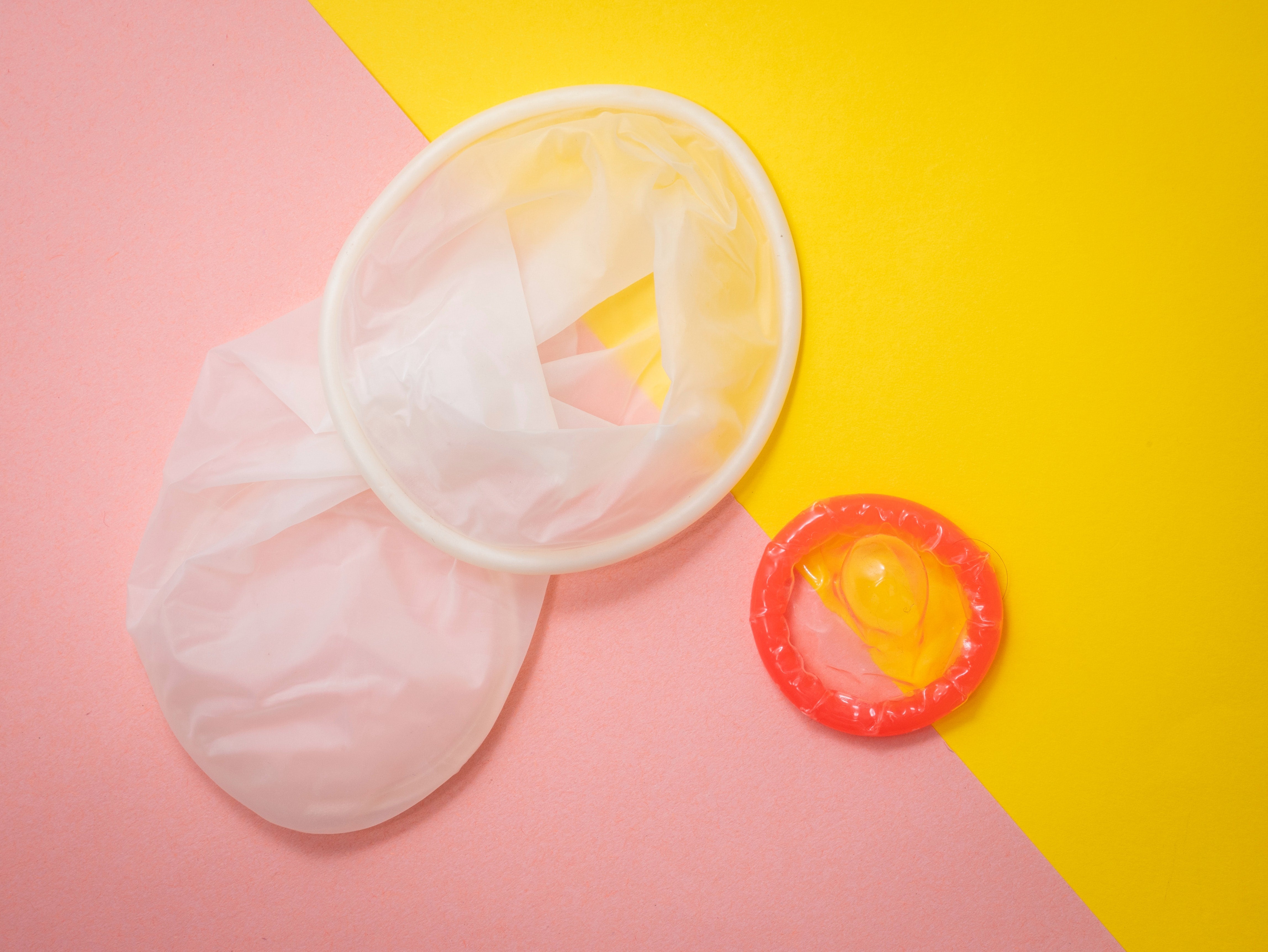
External condom is often referred to as a “male condom” and must be placed on the penis before initiating intercourse. In addition to preventing sperm from meeting an egg, it offers protection against sexually transmitted diseases (STDs). It should be used correctly and consistently for the maximum effect of 98%.
Internal condom is sometimes called a “female condom” and works as a barrier method worn inside the vagina. It prevents pregnancies by stopping sperm from reaching an egg and protects its wearer from STDs. An internal condom must be placed inside the vagina before acquiring any contact with the penis. Inserted correctly, it is 95% effective. In 2021, over 82,000 new HIV infections were averted with contraceptives supplied by UNFPA.
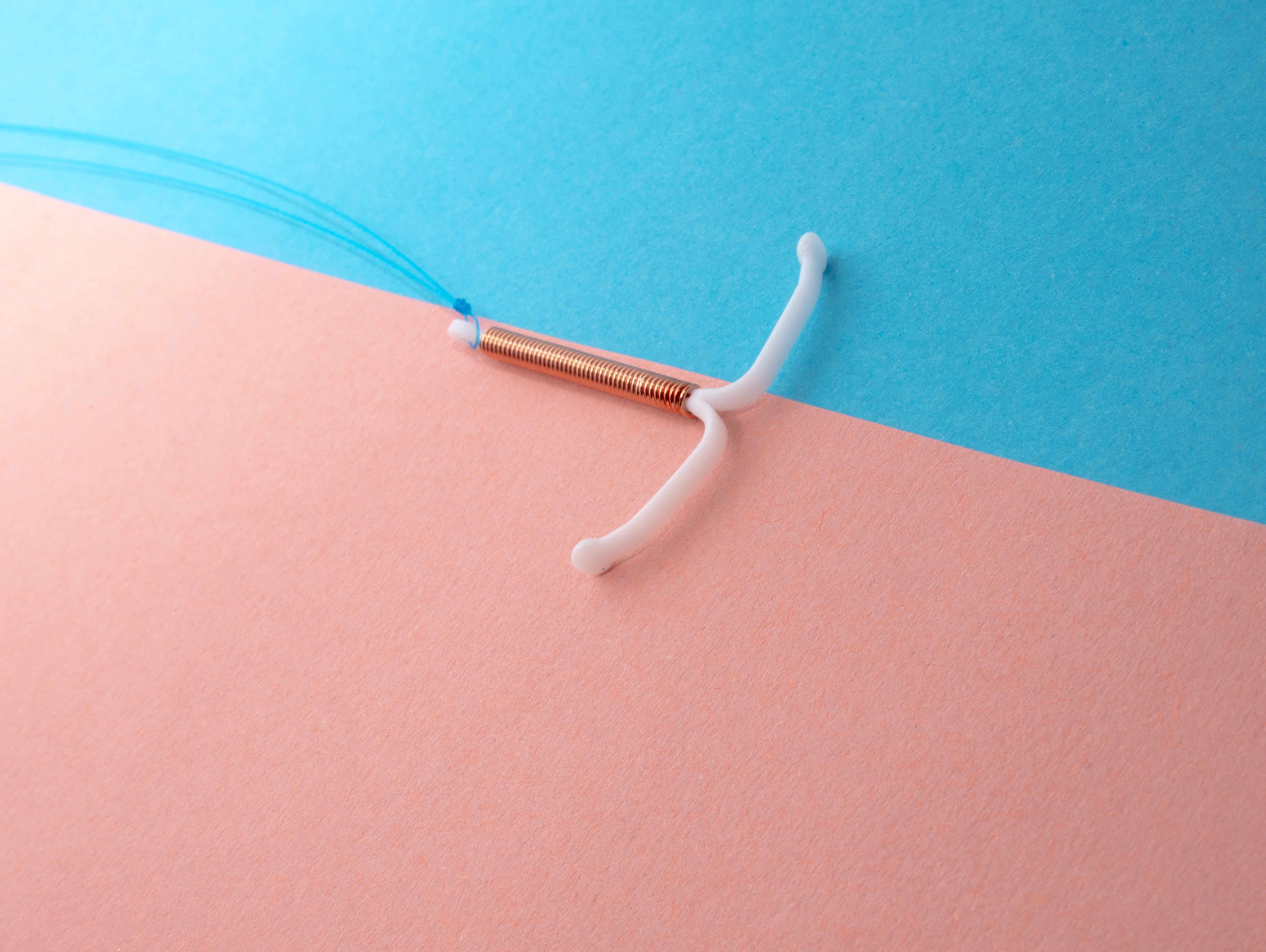
Copper-bearing intrauterine device (IUD) takes the form of a small and flexible, T-shaped plastic frame wrapped in copper which deters sperm from reaching the egg. After being inserted into the uterus by a medical professional it can last up to 10 years of use, offering 99% effectiveness.

Standard days method is based on tracking menstrual cycles and identifying the “fertile window” when a person with a uterus can become pregnant. It offers 88–95% effectiveness among those whose monthly bleeding lasts 26–32 days.
In 2021 alone, UNFPA helped prevent 12.7 million unintended pregnancies. The United Nations sexual and reproductive health agency supplies quality contraceptives and information, reinforces national health systems, and gathers data to support its bid for policies on planned parenthood. Our work toward accessible birth control upholds the fight for gender equality, empowerment, and consequently—reducing poverty.
Learn more about contraceptive choices procured by UNFPA at unf.pa/supplychain.

